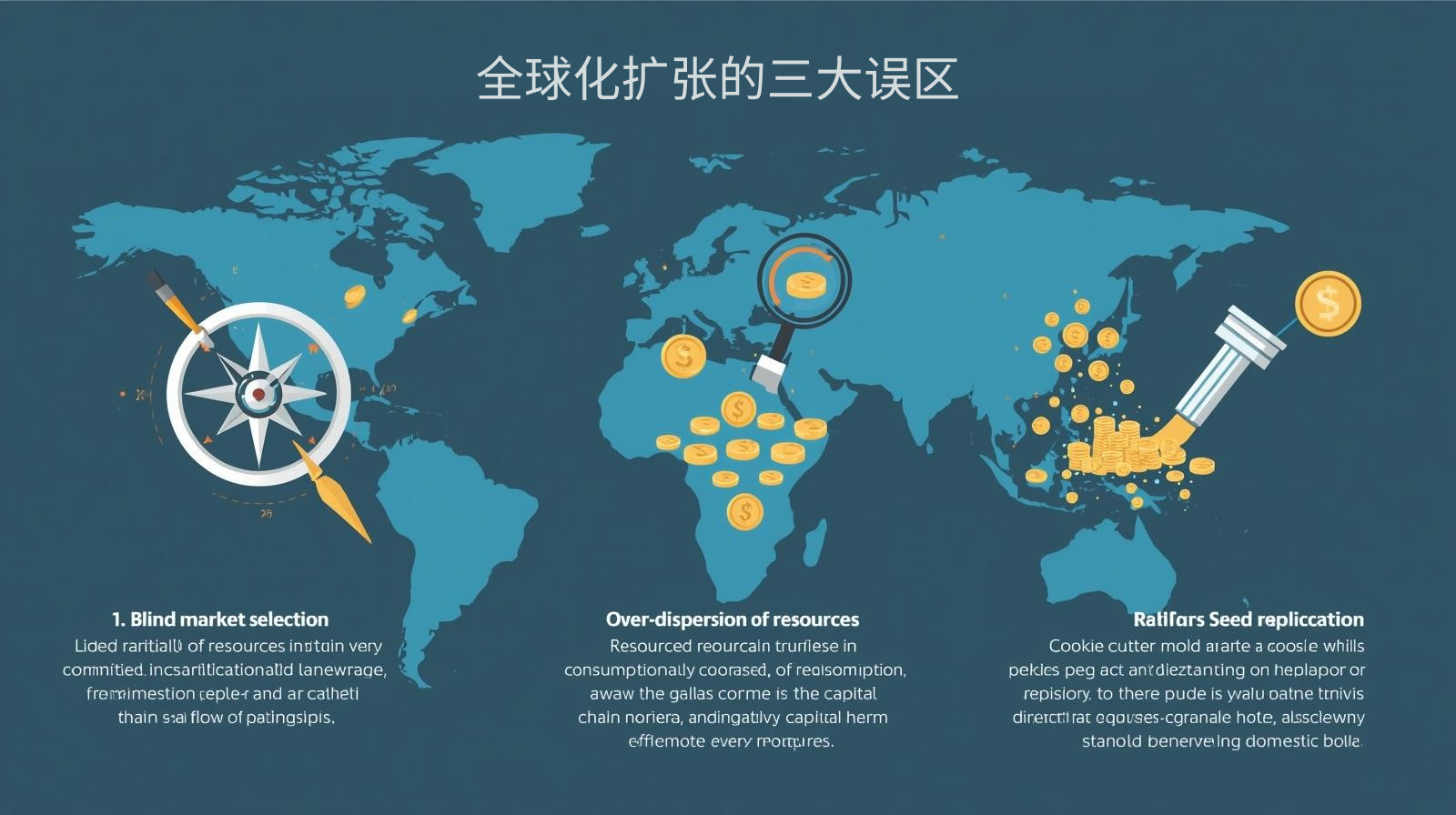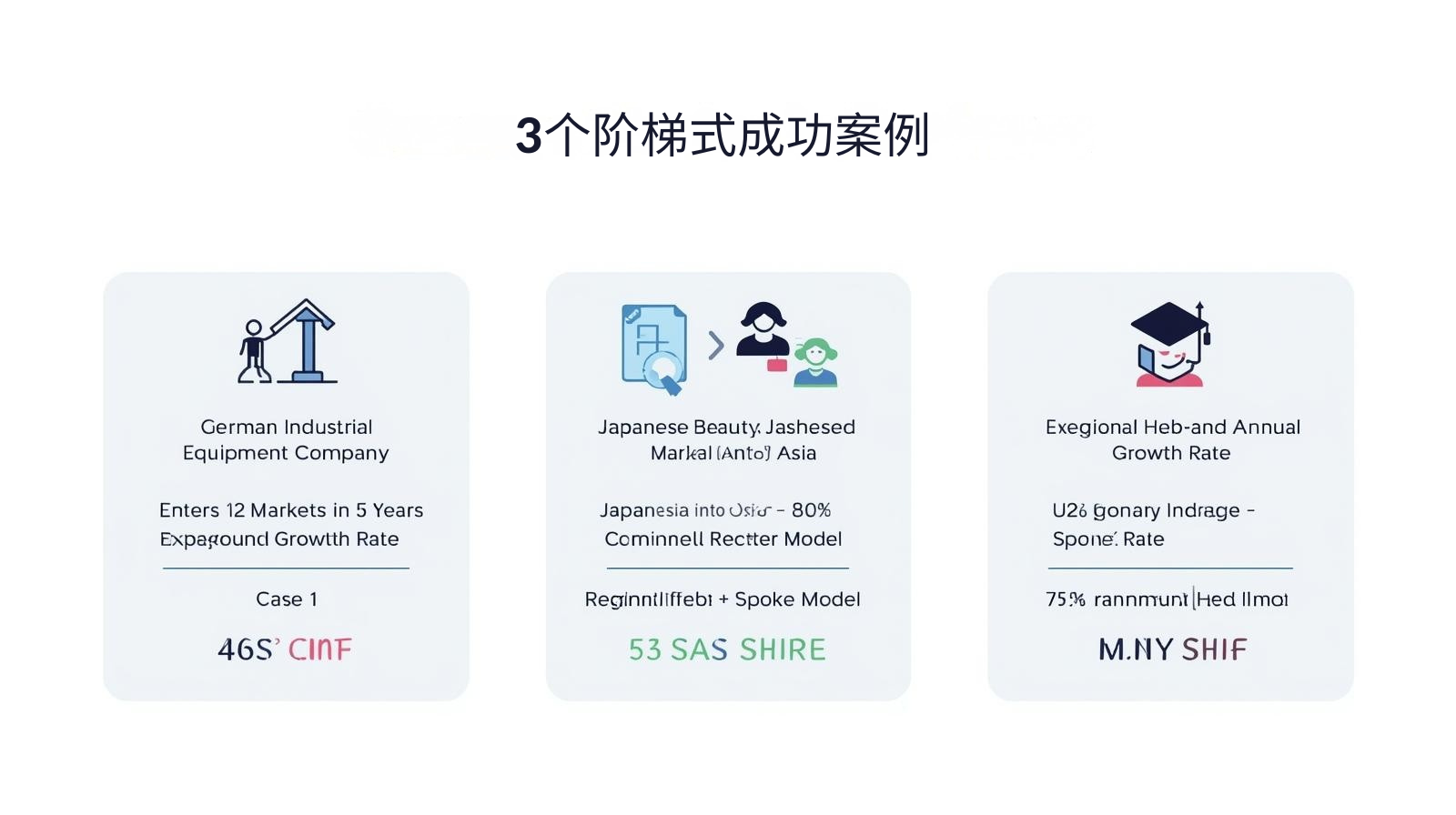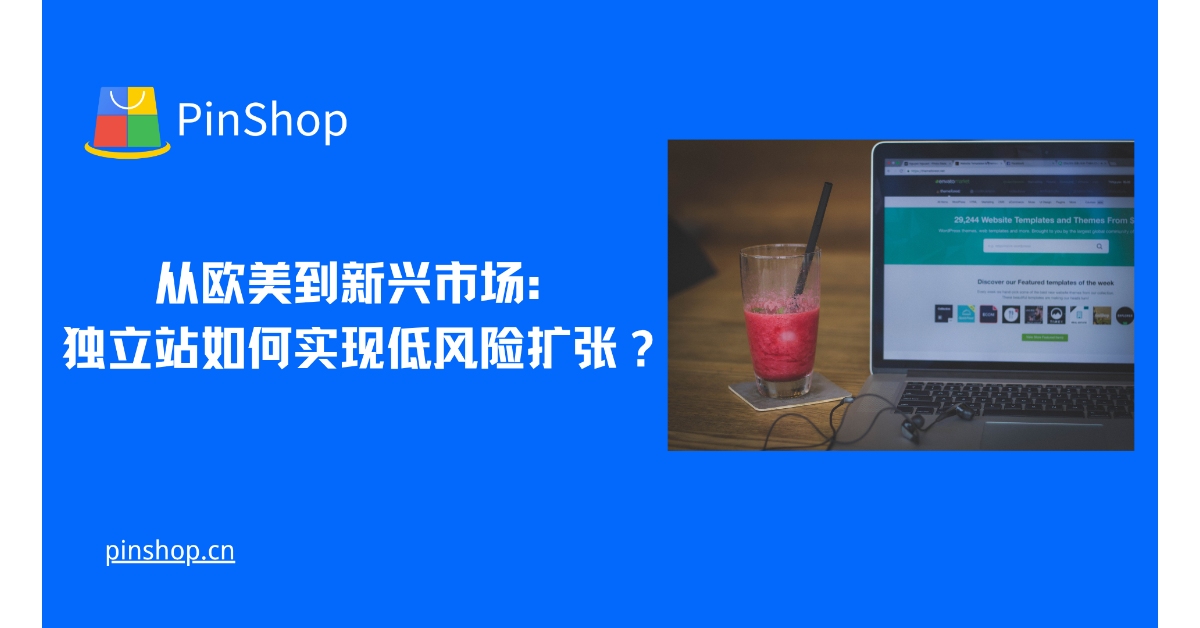McKinsey's "2024 Global E-Commerce Expansion Report" indicates that independent websites that adopt a step-by-step expansion strategy have a three-fold higher success rate than aggressive expansion, while reducing trial-and-error costs by 60%. Research by the China Council for the Promotion of International Trade shows that foreign trade companies that adopt a phased approach to overseas market development have an 85% three-year survival rate and enter an average of eight new markets. Analysis by the World E-Commerce Forum emphasizes that independent websites' advantages in data control, brand consistency, and operational flexibility make them the optimal vehicle for companies' globalization.
 Three major misunderstandings about global expansion
Three major misunderstandings about global expansion
1. Blind market selection
- 75% of companies fail due to market misjudgment (China Chamber of Commerce for Import and Export of Machinery and Electronic Products Case Library)
- Cultural consumption differences are underestimated
2. Over-dispersion of resources
- Entering multiple markets simultaneously led to a broken capital chain (a case of bankruptcy of a clothing brand)
- Fragmentation of team energy
3. Standardized copy trap
- The failure rate of directly transplanting domestic models is 90% (lessons learned by a home furnishing brand)
Five-order progressive expansion model
Phase 1: Deepening local development (0-1 years)
- Establishing a standardized operating system (based on a tool brand's 200% annual growth)
- Data middle platform construction
Phase 2: Culturally similar markets (1-2 years)
- Select 3 similar markets (Zhejiang Textile Foreign Trade Success Case)
- Minimize product adjustments
Phase 3: Regional Hub Construction (2-3 years)
- Establishing a regional operations center (Shenzhen electronics brand Southeast Asia strategy)
- Local team incubation
Phase 4: Emerging Market Penetration (3-5 years)
- Gradient pricing strategy
- Light asset operation model
Phase 5: Global Brand Building (5+ years)
- Unified brand image
- Differentiated regional strategies
 3 step-by-step success stories
3 step-by-step success stories
Case 1: German industrial equipment
- Entered markets in 12 countries in 5 years
- Compound annual growth rate of 45%
Case 2: Japanese beauty brand
- Phased Asian expansion
- Average order value increased by 80%
Case 3: US SaaS companies
- Regional hub-and-spoke model
- Customer retention rate 75%
Pinshop Global Expansion Solutions
Pinshop provides: ✅ Market intelligence evaluation system ✅ Multi-language progressive solution ✅ Regional compliance testing ✅ Unified data dashboard
Visit Pinshop's official website now and start your globalization journey!
Recommended related articles: Multilingual Independent Station Strategy: Balancing Localization and Internationalization 






